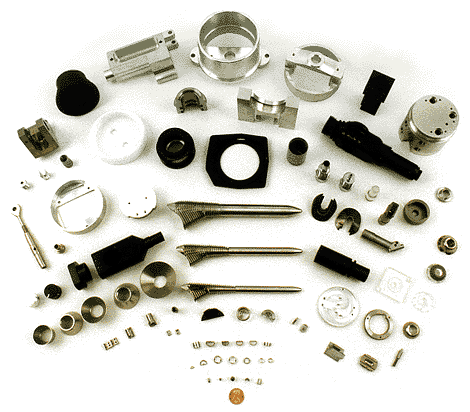Photo etching is highly sought after because of its fine ability to efficiently reproduce complex part geometrics with amazing resolutions. When it comes to producing thin, medical parts, photo etching is the way to go. Furthermore, it offers designers a chance to quickly prototype medical parts such as battery current collectors. medical screen, and haptics. The photo etching process is suitable for those working on a medical design that involves thin metal parts.
Photo etching is a process that offers far more accurate result when compared to other manufacturing methods that are available, not just that alone, but in addition, the process is considerably far less expensive, burr-free and remarkably faster than any other manufacturing method you can get.
Photoetched medical parts come in different forms which include the following; maxillofacial plates, haptics, fluidic circuit plates, filters, reticles, and flat springs. It can also be used in the production other medical parts like the pacemaker batteries, intraocular lenses, heart valves, different surgical tools, among others. The list doesn’t just end there, it also includes specialty materials such as; polyimides, molybdenum, nitinol, titanium, eigiloy, and tungsten,. When it comes to medical tools, the list includes; spring steel, silver, niobium, brass, and stainless steel medical parts.

Although some might argue that stamping, pressing, punching, or laser and water-jet cutting can also produce the same result as photo etching. Though this might seem true the fact remains that photo etching is by far the most effective and accurate method of manufacturing medical parts. This is because stamping tends to most times alter magnetic or other physical that includes material strength, hardness, and also its formability. Whereas unlike the stamping method, photo etching easily and economically manufactures complex part patterns with beautiful resolutions too.
Another fine feature of photo etching is its ability to also provide stress-free blanking on ferrous and nonferrous metals and this process will result in no chemical or physical alteration of the material. Another interesting attribute of photo etching is its ability to handle fragile materials that are as thin as 0.0005 in.
With photo etching, there is a wide range of opportunities for tremendous innovations in the medical part production. This innovation is made possible because of the numerous advantages that photo etching brings to the table for manufacturers, prominent among these numerous advantages, is the drastic cut of cost, time and effort that has been hitherto plundered into medical part production especially as regards iteration of designs. However this problem has been eroded by photo etching reliance on digital tooling, which has made it possible for design iteration to be accurate, faster and also less expensive than what was obtainable before now. In addition too, it’s wonderful ability to retain material properties is another valuable score.
In conclusion, these are few of the many victories that photo etching has scored in the medical part production field.

